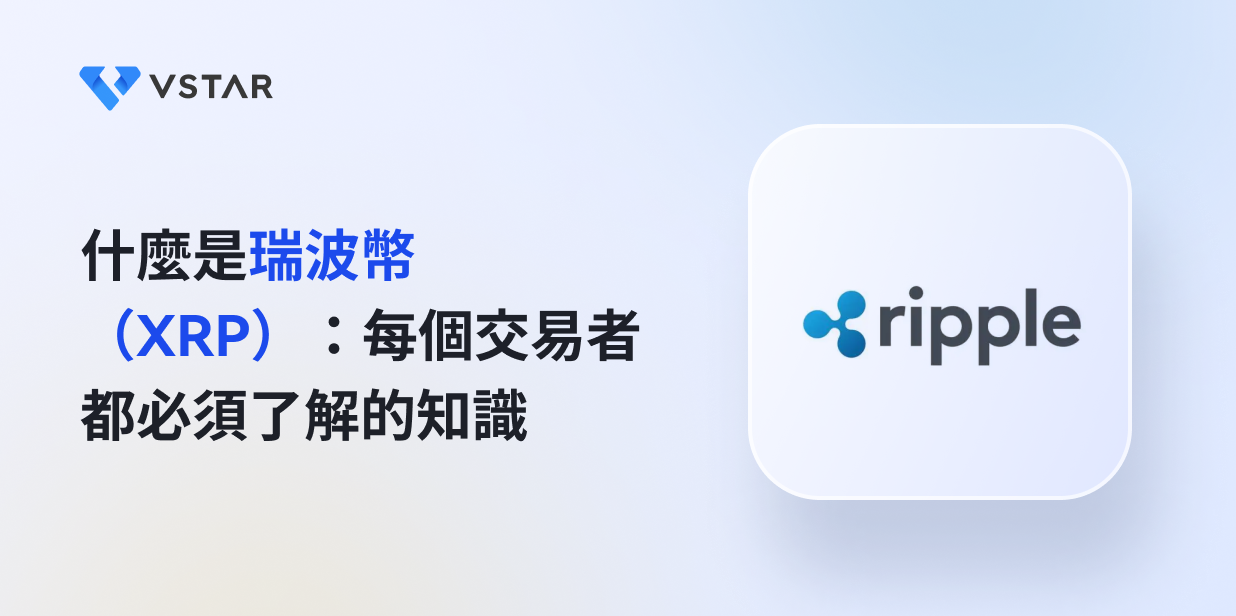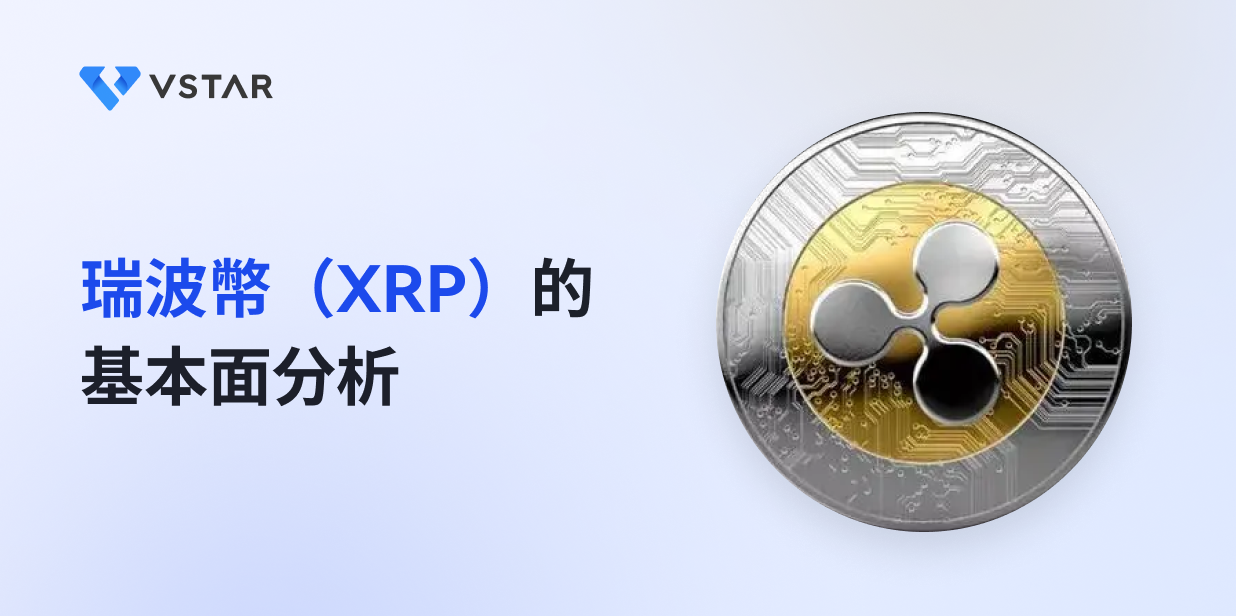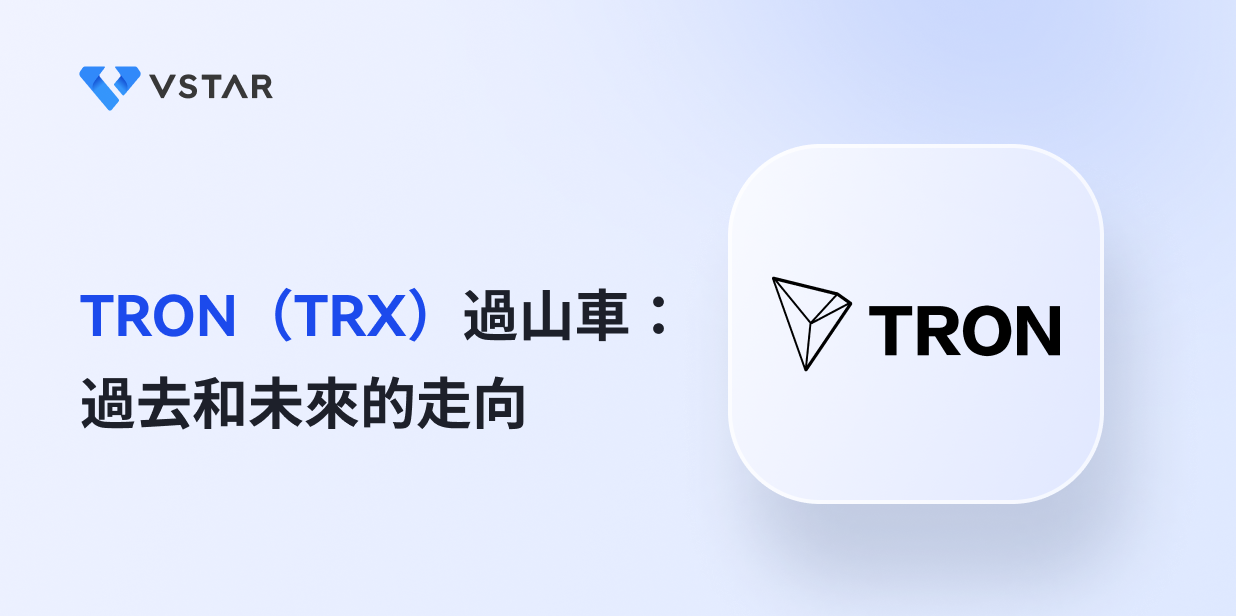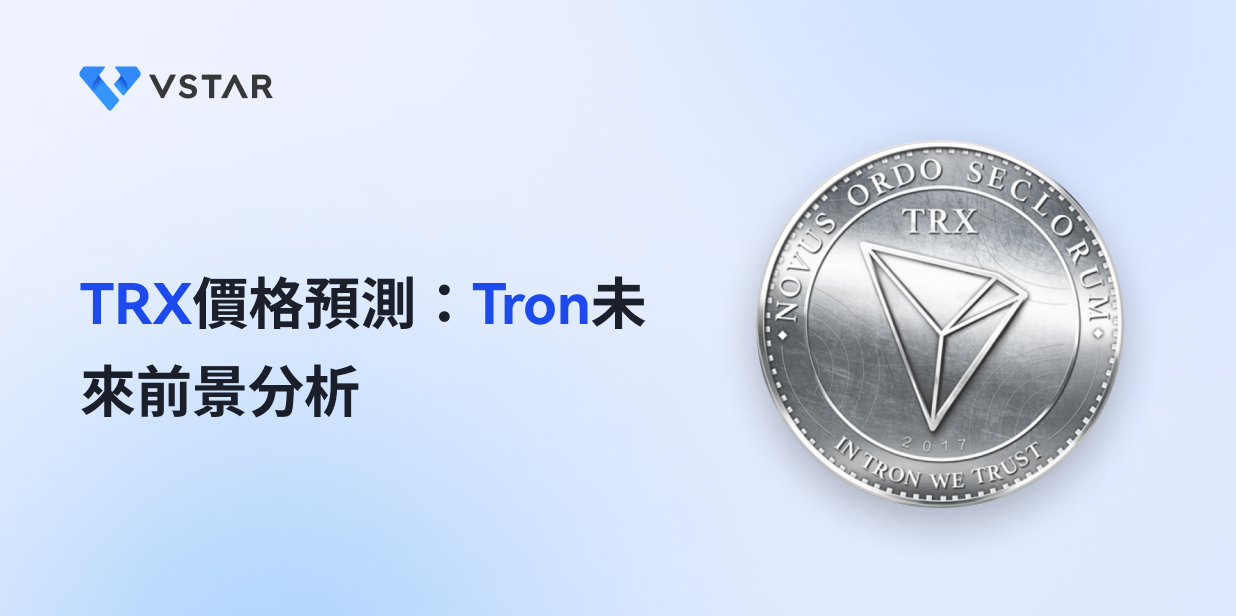以太幣(ETH)是以太坊的原生加密貨幣,用於執行交易和智能合約。它被評為表現最好的加密貨幣之一:它是第二大加密貨幣,具有截至2023年6月,市值為2093.6億美元。是市場上估值最高的加密貨幣之一。ETH的歷史最低價是2015年10月的0.42美元,歷史最高價是2021年11月的4,860美元,在過去的一年裡,其價格一直在1,000美元以上。
ETH日交易量較高,價格波動頻繁。因此,交易者可以輕鬆發現巨大的交易機會。最好的部分是你可以利用ETH下跌的市場,這稱為做空。如何做空ETH的差價合約(CFD)?有哪些風險?本文從頭到尾解釋瞭如何從ETH的熊市中獲利。
什麼是做空ETH?
賣空ETH是什麼意思?我們先從傳統的角度來定義,即炒股的投資者從券商那裡借入股票,賣出,然後等待價格下跌,回購併返還給券商。這與賣空加密貨幣差價合約的方式相同,但你將通過槓桿交易來完成。
簡單來說,做空是差價合約工具的看跌交易。你將以當前市場價格出售ETH差價合約,並以你預計的止盈水平以較低價格回購。作為交易者,你的利潤等於你的初始賣出價格和新的重新買入價格之間的差額。一般來說,做空是基於“高賣低買”的原則,而不是典型的“低買高賣”的原則。
以下是一個以ETH/USD為例的典型賣空場景:
- 你預計ETH/USD價格將從當前的1,760美元價格下跌至較低水平。
- 然後你以當前價格(1,760美元)建立賣出頭寸
- 如果你的分析和預測正確並且價格跌至1,650美元,你將再次重新購買ETH/USD。你可以設置止盈以自動平倉。
- 你的開盤價和收盤價之間的差額乘以你的頭寸規模就是利潤(或損失)。
為什麼差價合約很重要
做空是從外匯、大宗商品到加密貨幣等不同市場廣泛採用的交易方法。在加密貨幣市場中,交易實際的硬幣/代幣只能讓你低買高賣。然而,使用加密貨幣差價合約等工具,你可以在市場的兩個方向進行交易。由於加密貨幣市場的波動性,這創造了24/7不限時的交易機會。
此外,你還可以使用槓桿,在市場上進行交易時為你提供更多的購買力。最重要的是,與擁有和交易真實的加密貨幣相比,你在交易差價合約時可以輕鬆管理風險。
利用差價合約做空ETH
什麼是差價合約?
CFD代表差價合約,是一種金融衍生品,使交易者能夠交易加密貨幣等基礎資產的價格變動。與期貨不同,差價合約沒有當前價格的到期日。假設你相信特定差價合約的價格將會上漲;你將開倉並買入頭寸,反之亦然。作為交易者,你只會受到標的資產價格變動的影響。
如何通過差價合約做空ETH
隨著加密貨幣越來越受歡迎,交易者尋求更多方式投資加密貨幣市場。首先,如果你預計未來會獲得可觀的利潤,那麼購買和持有ETH需要大量資金。此外,擁有實際的硬幣會讓你面臨更大的風險。因此,交易者尋找一種替代方案,允許他們以小額資金在任一市場方向進行交易。
1.尋找信譽良好的經紀人
你的差價合約交易之旅的第一步是選擇一家信譽良好的差價合約經紀商,例如VSTAR。VSTAR獲得了信譽良好的金融機構的許可/監管以及擁有用戶友好的平台。
- 交易費用——一個好的經紀商應該提供低的或有競爭力的和透明的點差費用以及隔夜費用或經紀費用。
- 可用差價合約產品——你需要一家提供廣泛差價合約的經紀商,以便你可以輕鬆實現投資組合多元化。此外,它還允許你在不同的市場條件下進行交易。
- 負餘額保護——交易差價合約是一項高風險投資;因此,如果你遭受重大損失並且你的賬戶跌至零以下,你可能需要考慮提供負餘額保護的經紀商。
- 存取款方便——你需要一個提供存款和取款選項的經紀人。此外,該過程本身應該很容易。

2.開設交易賬戶。
選擇差價合約經紀商後,你需要在他們那裡開設一個標準的真實交易賬戶,以便你可以做空ETH差價合約和市場上的其他金融工具。該過程非常簡單,只需幾分鐘。填寫登記表後,你必須提供身份證明並繳納押金。就是這麼簡單。
3.確定可用的ETH差價合約
當你的賬戶全部設置完畢後,你可以識別可用於交易的ETH差價合約。你應該訪問不同ETH差價合約的圖表;你可以在其中訪問技術分析工具和指標。一些流行的ETH差價合約包括ETH/USD、ETH/USDT、ETH/USDC、ETH/BTC、ETH/EUR等。
4.下達ETHCFD賣單
在進行基本面或技術分析並確定ETH差價合約的賣出機會後,你可以開立賣出市價訂單(按當前價格)、賣出限價訂單(特定價格)或賣出止損訂單(按當前價格)達到特定價格後)。
5.監控交易並進行相應調整。
儘管你可以設置止盈和止損訂單,但監控未平倉頭寸至關重要。為什麼它很重要?首先,如果交易對你有利,你可以跟踪止損以鎖定一些利潤。其次,在實現利潤目標之前,以部分利潤結束一些交易變得很容易。第三,如果市場狀況突然發生變化,你可以輕鬆地及早止損。最後,它可以讓你發現利用盈利交易的機會。
總體而言,差價合約交易中擁有交易監控機制是不容忽視的。
做空ETH的風險和注意事項有哪些?
做空ETH差價合約可以有利可圖,尤其是在良好的交易和風險管理策略的情況下。然而,它也伴隨著許多風險,如下所述:
1、波動風險
ETH價格可能會波動,這為賺取巨額利潤提供了機會。同樣,同樣的波動性會導致價格上漲,給你帶來巨大損失,特別是如果你不進行風險管理。
為了最大限度地減少交易時波動的影響,請確保你有一個合理的風險管理計劃並遵循。
2.槓桿交易風險
槓桿是一把雙刃劍:它可以放大你的利潤和損失。假設你的分析是錯誤的,並且你沒有應用風險管理,你很容易就會收到追加保證金通知,並且在某些情況下,你的頭寸很快就會被清算。
為了最大限度地降低杠桿風險,請考慮保守地使用槓桿或選擇你感到滿意的槓桿。
3、交易對手風險
交易差價合約的另一個風險是交易對手(差價合約提供商)可能無法履行對你的義務。如果與你開展業務的交易對手或其其他交易對手遇到財務困難,則可能會發生這種情況。
如何降低交易對手風險?首先,確保你選擇的經紀人受到監管且可信。你在開設賬戶時還應該閱讀用戶協議。
4、市場流動性擔憂
當市場交易活動較少時交易ETH差價合約會讓你面臨現有合約流動性不足的風險。因此,你的經紀人最終可能會以相當低的價格關閉你的合約。此外,低流動性意味著你無法快速平倉以最大程度地減少損失。
5.止損單的重要性
由於ETH差價合約的波動性和槓桿風險,使用止損訂單總是好的。如果你的分析錯誤並且市場繼續朝著不可預測的方向發展,這是限制潛在損失的最佳方法。最重要的是,追踪止損訂單對於保護你的利潤至關重要。

結論
做空ETH並不復雜,而且是一個很好的投資機會。你所需要的只是一個像VSTAR這樣的優秀經紀商的差價合約交易賬戶。為什麼在VSTAR上做空ETH?你可以獲得槓桿、交易零佣金、數千種加密貨幣差價合約、負餘額保護和用戶友好的平台。最重要的是,VSTAR受到監管。
通過差價合約交易,你可以利用市場的任一方向。此外,當你的分析正確時,獲得槓桿可以顯著提高你的利潤。
*免責聲明:本文內容僅供學習,不代表VSTAR官方立場,也不能作為投資建議。




















